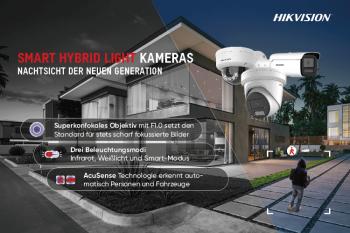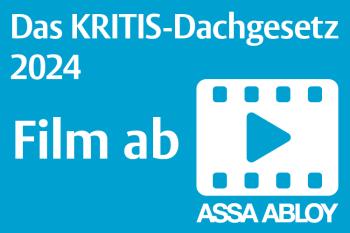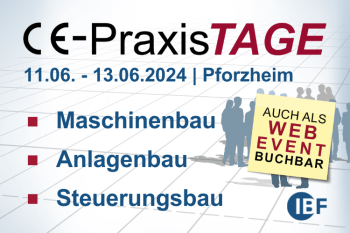USA: Massive Investment in Imaging Technology to Enhance Security
Additional Recovery Act-Funded Advanced Imaging Technology Deployments
The US Department of Homeland Security announced yesterday the deployment of American Recovery and Reinvestment Act-funded advanced imaging technology to 28 additional airports nationwide. The measurement was taken to strengthen the security efforts at the US airports.
"As part of the Department's ongoing efforts best protect the traveling public and detect terrorism threats, we continue to deploy state-of-the-art advanced imaging technology across the country," said Secretary Napolitano. "The rapid deployment of this critical technology, made possible by Recovery Act funds, will strengthen security at even more airports nationwide."
"The deployment of advanced imaging technology demonstrates TSA's ongoing commitment to stay ahead of evolving threats to aviation security and protect the traveling public," said TSA Administrator John Pistole. In addition to the airports announced by Secretary Napolitano earlier this year, the Transportation Security Administration (TSA) will deploy AIT units to the following 28 airports:
•Baltimore-Washington International Thurgood Marshall Airport (BWI)*
•Bradley International Airport (BDL)
•Bush Intercontinental Airport (IAH)
•Chicago Midway International Airport (MDW)
•Dallas/Fort Worth International Airport (DFW)*
•Dulles International Airport (IAD)
•Fresno Air Terminal (FAT)
•General Mitchell International Airport (MKE)
•Gerald R. Ford International Airport (GRR)
•Greater Rochester International Airport (ROC)
•Harrisburg International Airport (MDT)
•Honolulu International Airport (HNL)
•Indianapolis International Airport (IND)*
•Jacksonville International Airport (JAX)*
•John F. Kennedy International Airport (JFK)
•McCarran International Airport (LAS)*
•Miami International Airport (MIA)*
•Minneapolis/St. Paul International Airport (MSP)
•Nashville International Airport (BNA)
•Palm Beach International Airport (PBI)
•Philadelphia International Airport (PHL)
•Richmond International Airport (RIC)*
•Saipan International Airport (GSN)
•Salt Lake City International Airport (SLC)*
•San Antonio International Airport (SAT)
•San Francisco International Airport (SFO)*
•Seattle-Tacoma International Airport (SEA)
•Tampa International Airport (TPA)*
* Denotes airports that currently have AIT in place and are receiving additional units using ARRA funding.
Additional airports will be announced in the near future. Factors including airport readiness, checkpoint infrastructure, and capacity to ensure privacy protections - including a separate, remotely located room for viewing images - are carefully considered before AIT units are deployed to selected airports. Advanced imaging technology is designed to bolster security by safely screening passengers for metallic and non-metallic threats - including weapons, explosives and other objects concealed under layers of clothing. The ARRA-funded machines will include the latest security enhancements to detect new and evolving threats.
TSA ensures passenger privacy through the anonymity of AIT images - a privacy filter is applied to blur all images; in the operational mode images are permanently deleted immediately once viewed and are never stored, transmitted or printed; and the officer viewing the image is stationed in a remote location so as not to come into contact with passengers being screened. In addition, AIT screening is optional to all passengers. Those who opt out may request alternative screening, to include a physical pat-down. Currently, there are more than 142 AIT units deployed to airports nationwide, and TSA plans to deploy 450 ARRA-funded units in 2010.
--------------------------------------------------------------------------------
Background:
At the request of the European Parliament and Member States, on June 15th the EU Commission has issued a communication assessing the use of security scanners at European airports. The EU commission made clear, that the deployment and operation of airport scanners must be based on common standards and that EU Members must also ensure compliance with European fundamental rights and health provisions. The communication is supposed to be a " fact-finding report". It is a technical and factual report which assesses the current situation with regard to the use of security scanning technology in terms of detection capacity, and compliance with fundamental rights and health protection. The report is a direct response to a request from the European Parliament for information on this issue so as to provide the basis for an informed discussion.
Text of the EU commission communication











